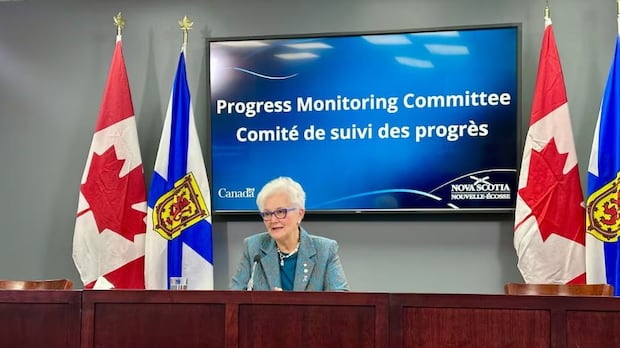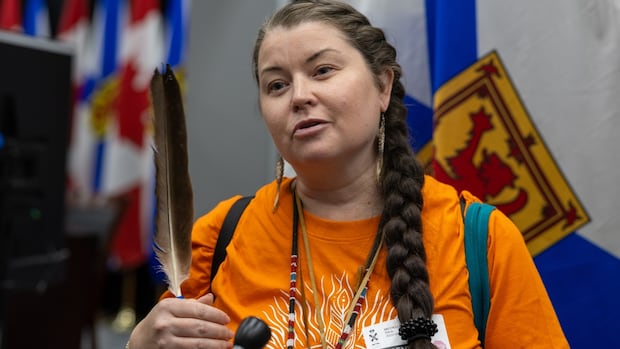Mixed reviews for N.S. plan to lower entry requirements for teacher training

Nova Scotia’s plan to reduce the entry requirements for teacher training is getting mixed reviews from teachers and administrators.
Premier Tim Houston announced Friday that people wanting to become teachers will soon be able to enter into a bachelor of education program after just two years of undergraduate study, rather than completing a full degree as is now required.
Ryan Lutes, president of the Nova Scotia Teachers Union, said he was caught off guard by the announcement.
“For the premier to announce a change without doing any collaboration with teachers is not the way,” Lutes said in an interview.
Lutes said training more teachers without also addressing teacher burnout will be ineffective.
“Any recruitment plan that doesn’t also focus on the retention of our current teachers and improving the working and learning conditions is doomed to fail,” he said.
Lutes said many teachers describe their work as unsustainable. Things that would help reverse that, he said, include reducing class sizes, giving teachers more preparation and assessment time and bolstering specialized supports for students, such as speech language pathologists and psychologists.
Collaboration to come
Education Minister Becky Druhan said there is still much work to do before implementing the new criteria for teachers.
“We need to do a lot of collaboration with all of our partners,” she said, referencing the universities, NSTU and Public School Administrators Association of Nova Scotia, among others.

The Public School Administrators Association of Nova Scotia represents principals and vice-principals. Unlike the teachers’ union, it’s supportive of the change.
Teacher shortage verging on critical
Scott Armstrong, chair of the association’s board of directors and a high school principal, said this is needed or Nova Scotia’s teacher shortage could soon become critical.
“I’m very pleased that the government is being proactive and acting now before we get ourselves in a situation that we’ve seen some other jurisdictions get themselves into where you just don’t have the number of teachers, and then you have a whole lot of untrained people because there’s just no one else to put in in the classrooms,” he said.
However, Armstrong said it will be crucial to bolster resources to support new teachers for this change to work.
He said veteran teachers and administrators provide mentoring and supervision for new teachers, but their ability to do that work could become strained if the profession grows quickly.
“So, it’s gonna have to be a team effort,” he said, pointing to his association, the NSTU, regional centres for education and the Department of Education.

Armstrong said schools are also being challenged by labour shortages among educational assistants, bus drivers and lunch supervisors.
“So, even though these moves are welcomed and we’re willing to work on making them approved, there’s still a lot of work to be done so we can have the human resources in place to run an effective system for our students and our families.”
None of the universities in Nova Scotia that offer bachelor of education degrees were available to comment.




